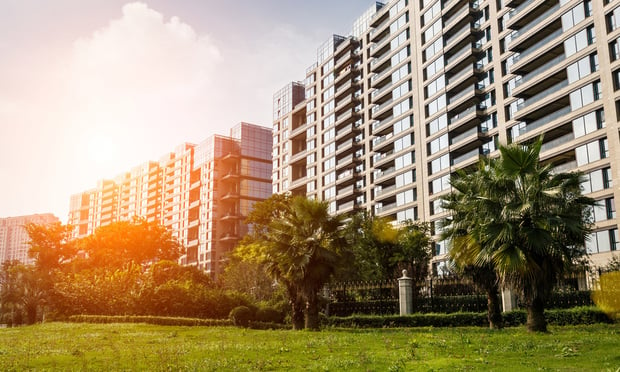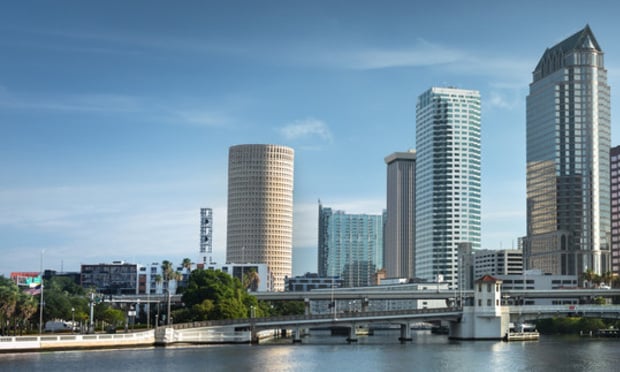Two long-time observers of the city's real estate market agree there are similarities, but that there are important differences as well. The Austin economy of 2002 is stronger and has better long-term prospects than it did at the end of the '80s, when office vacancy rates hit 40%.
Updates of the Austin real estate market should come in the next few weeks as companies release their quarterly market reports. The overall office vacancy rate was 18.8% at the end of 2001. Major additions to the sublease market portend a higher rate for first quarter 2002.
"The market is similar in the sense that the occupancy rates have dropped dramatically," says Charles Heimsath of Capitol Market Research. "It's different because there seems to be less long-term concern about the health of the market."
Heimsath tells GlobeSt.com that rent reductions and concessions are less aggressive than they were in the late 1980s. In those days, he says, "there was more of a feeling of hopelessness and sense that the market wasn't going to recover at all or certainly not in the short run. I think the mood today is that, 'Yes, we're facing a difficult situation. Now, we need to be aggressive in pursuit of tenants, but we're not gong to give away the farm.'"
The ramp up to overbuilding was different in the '80s and '90s, says Angelos Angelou, principal of Angelou Economic Advisors. He's tracked the Austin economy since the mid-1980s.
Financing was easier to get in the 1980s, Angelou says. "Deals were done by shaking hands, not necessarily on financial performance," he says. Austin's high-tech sector was just getting started, but, with the eager anticipation of growth, "the market rushed to build space that wasn't necessarily needed," he explains.
Today, builders are better capitalized, Heimsath says. "Consequently, they're more capable of riding out a downturn in the market."
The real estate market got ahead of itself in the 1980s, rushing to build space for a high-tech economy that was just getting off the ground and didn't really need it. "The dynamics of our economy were driven by the real estate sector, not as much as by high-tech," he says. "So while the economy was growing fast, most of that growth was attributable to the growth that was occurring in the real estate sector."
Eventually, the economy caught up to the space and then grew so fast that it triggered another building boom. The building spurt of the late 1990s was in response to real demand, Angelou says. Vacancy rates were about 5% just two years ago.
Even with the bursting of the dot-com bubble, the high-tech sector is well established. "There's no doubt in anyone's mind that the Austin economy is going to come back," Angelou says.
Heimsath says fundamentals for long-term growth remain in place. "Meaning," he says, "a relatively low cost of living, a highly educated and trained labor force and attractive environment where people want to live."
Angelos says the real estate community should be able to weather the storm. "The real estate sector has a 10-year run that has been exceptional," he says. "It has made a lot of money and it's more confident it can withstand this one-year, two-year downturn that we're experiencing now.
Want to continue reading?
Become a Free ALM Digital Reader.
Once you are an ALM Digital Member, you’ll receive:
- Breaking commercial real estate news and analysis, on-site and via our newsletters and custom alerts
- Educational webcasts, white papers, and ebooks from industry thought leaders
- Critical coverage of the property casualty insurance and financial advisory markets on our other ALM sites, PropertyCasualty360 and ThinkAdvisor
Already have an account? Sign In Now
*May exclude premium content© 2024 ALM Global, LLC, All Rights Reserved. Request academic re-use from www.copyright.com. All other uses, submit a request to [email protected]. For more information visit Asset & Logo Licensing.








